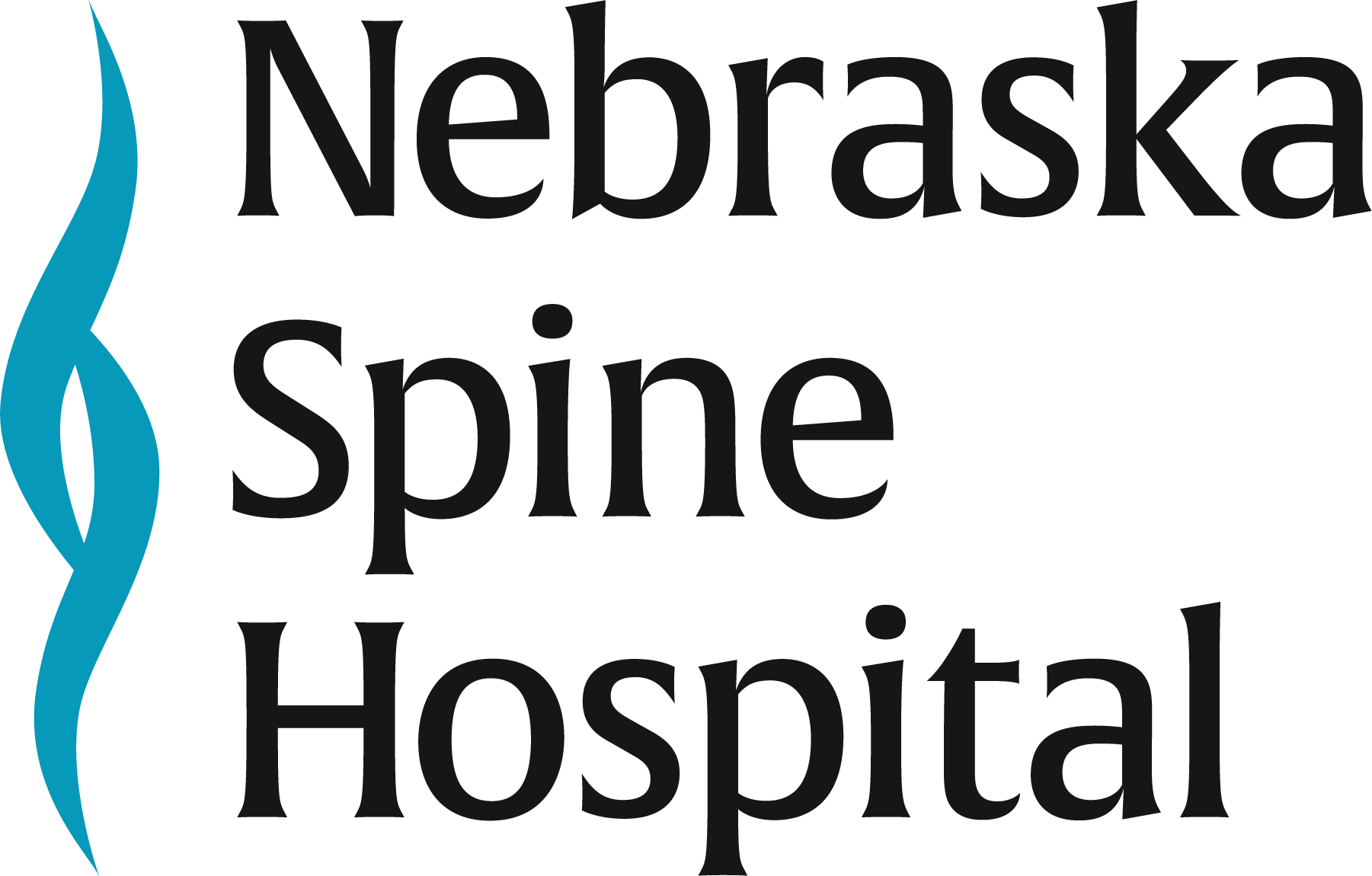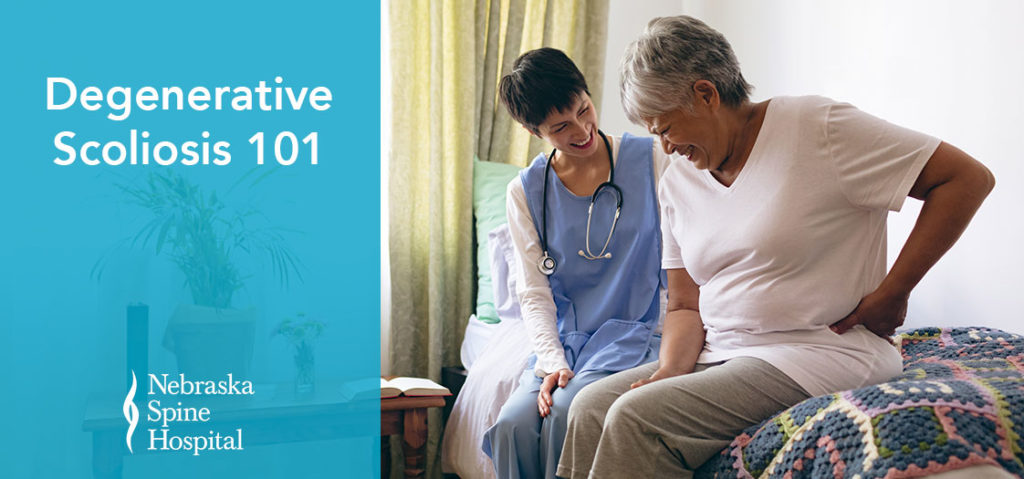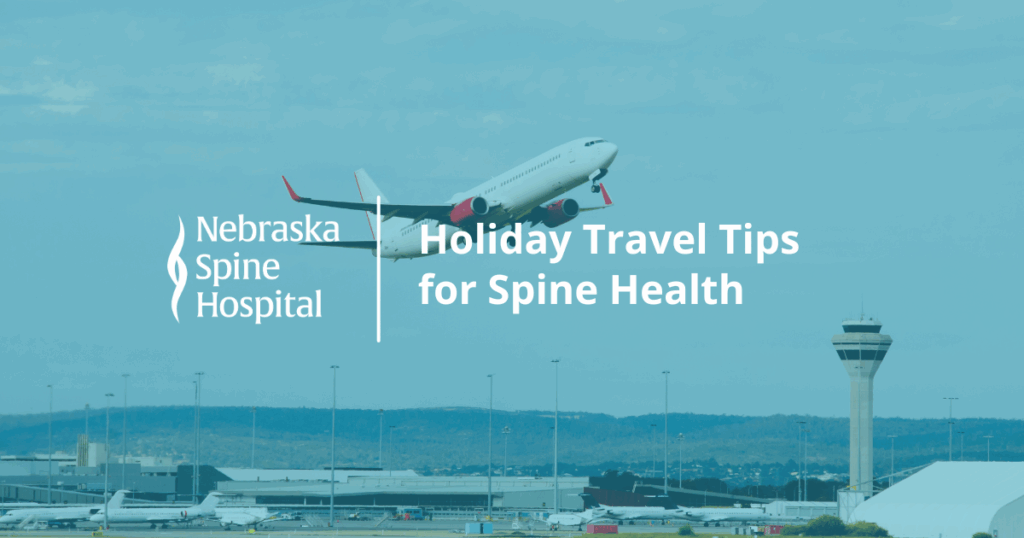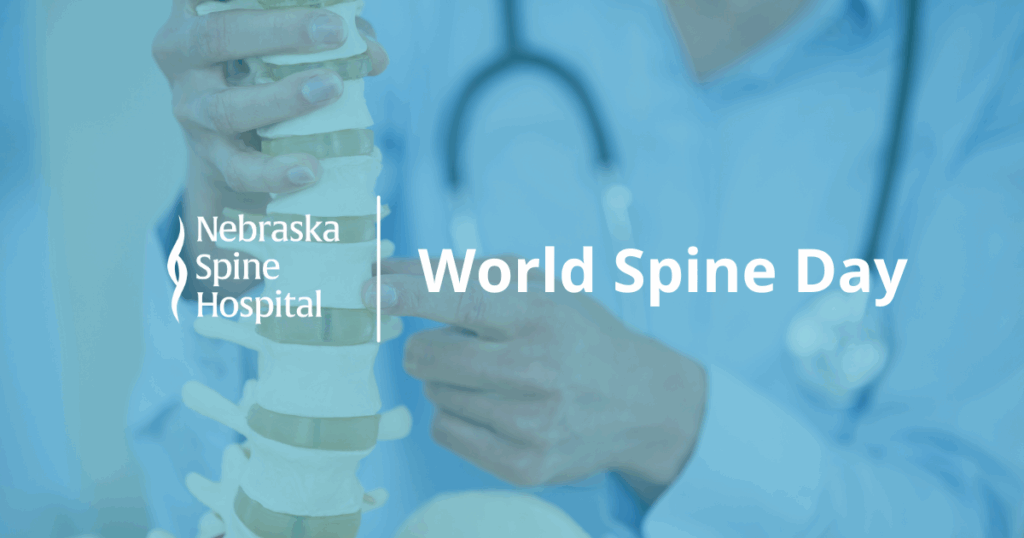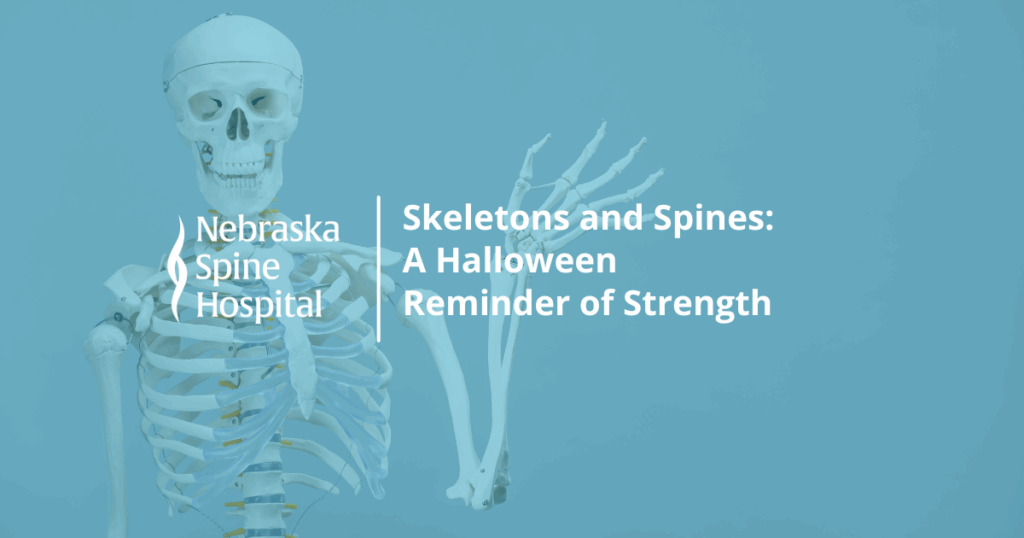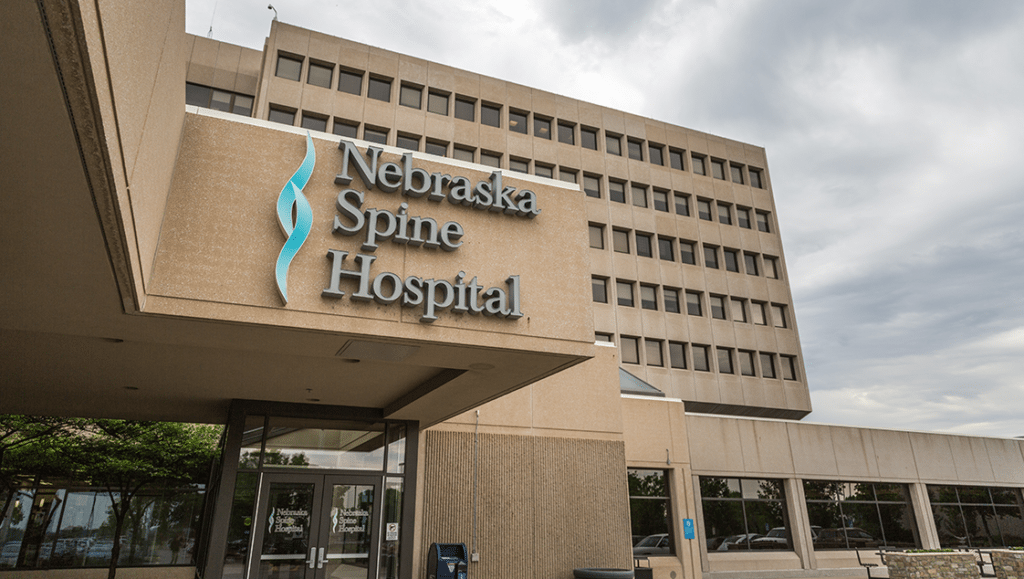While the most common type of scoliosis occurs in adolescents, the risk of scoliosis doesn’t completely go away. Degenerative scoliosis occurs when there is significant degeneration of the facet joints and intervertebral discs in your spine. This degeneration happens over time and can begin as young as 40 but is most common in adults 65 and older.
Degenerative Scoliosis Causes
As mentioned above, this type of scoliosis occurs when there is degeneration of the facet joints and intervertebral discs. When the spine is healthy, facet joints function like hinges and the intervertebral discs like cushions to absorb any shock between the vertebral bones. While degeneration of these structures is normal with age, degenerative scoliosis occurs when one side of the spine becomes more degenerated, resulting in a slight curvature of the spine.
Degenerative Scoliosis Symptoms
Small increases in curvature of the spine aren’t visible to the untrained eye, so the accompanying symptoms are generally what raise the red flags. As a person’s spinal structures break down, once effortless movement of the spine becomes painful. The pain usually begins as mild lower back pain, and slowly progresses from there.
Below are the most common symptoms of degenerative scoliosis:
- Back pain that worsens gradually, can be associated with movement or activity
- Weakness, numbness, and pain in lower extremities
- Pain that is more intense in the morning and later in the day
- Pain when standing or walking
- Leg pain in one or both legs that is alleviated when sitting
Degenerative Scoliosis Treatment
Treatment options are typically focused on relieving the pain of the condition, rather than slowing the curvature. Each treatment is determined on a case-to-case basis, taking into account the degree of curvature, level of pain, and duration of symptoms.
At Nebraska Spine Hospital, the goal of scoliosis treatment is to keep things simple, safe, and cost effective. For more information on scoliosis or to schedule an appointment, please contact us.

